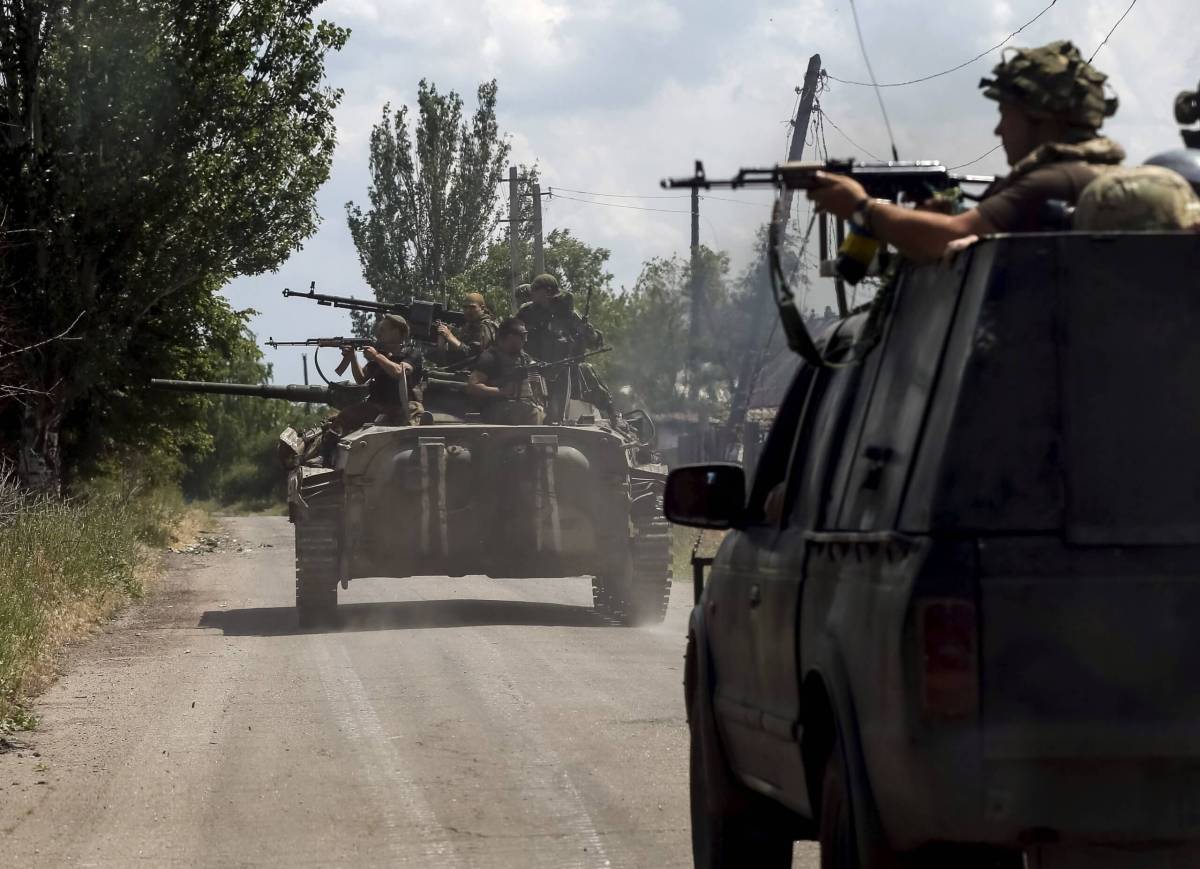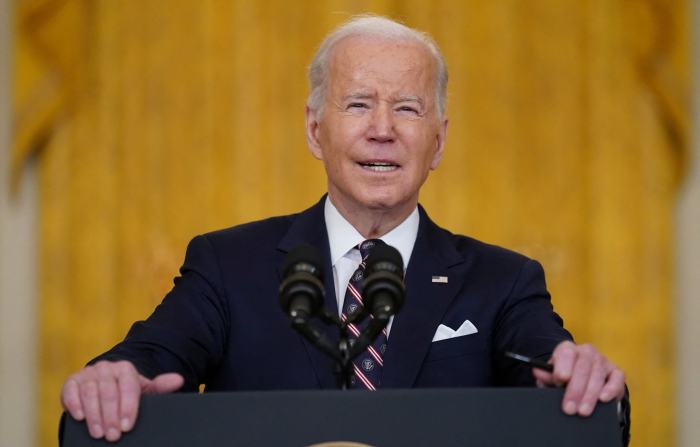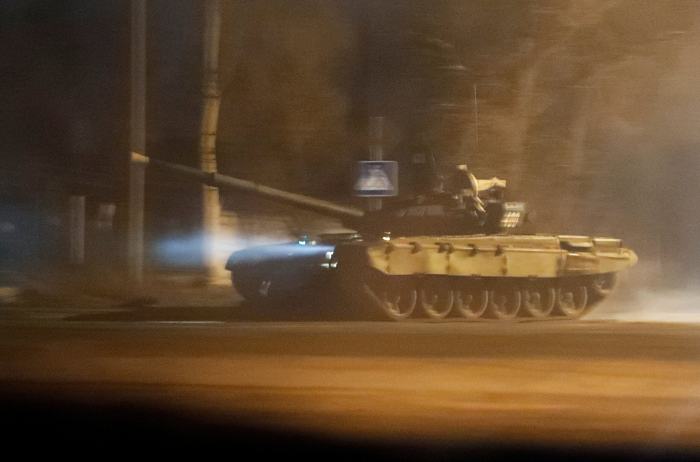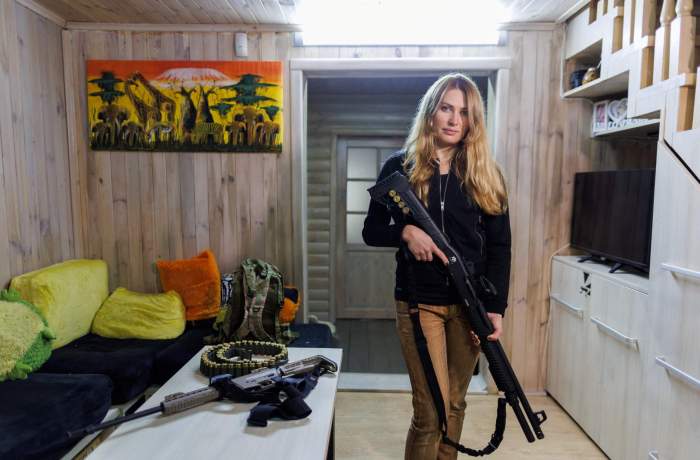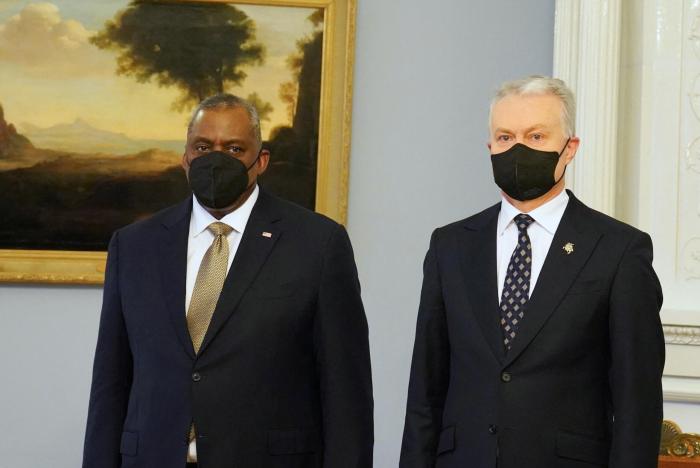Why did Russia invade Ukraine?
Russia and its president, Vladimir Putin, have carried out a “full-scale invasion” on neighboring Ukraine Thursday, potentially inching the two countries and NATO allies closer toward war.
Russian troops have crossed Ukrainian borders both on land and by sea while missiles rained down near the country’s capital of Kyiv with over 40 troops having already been killed.
While Ukraine has been a free and independent nation since the fall of the Soviet Union, tensions have escalated in recent years as Ukraine looked to move closer to the European Union. Meanwhile, Putin is using the threat of neo-Nazism in the country as a reason for the invasion despite Ukrainian president Volodymyr Zelensky being Jewish.
“You are told we are Nazis. But could a people who lost more than 8 million lives in the battle against Nazism support Nazism?” Zelensky asked (h/t Politico). “How can I be a Nazi? Explain it to my grandfather, who went through the entire war in the infantry of the Soviet army, and died a colonel in an independent Ukraine.”
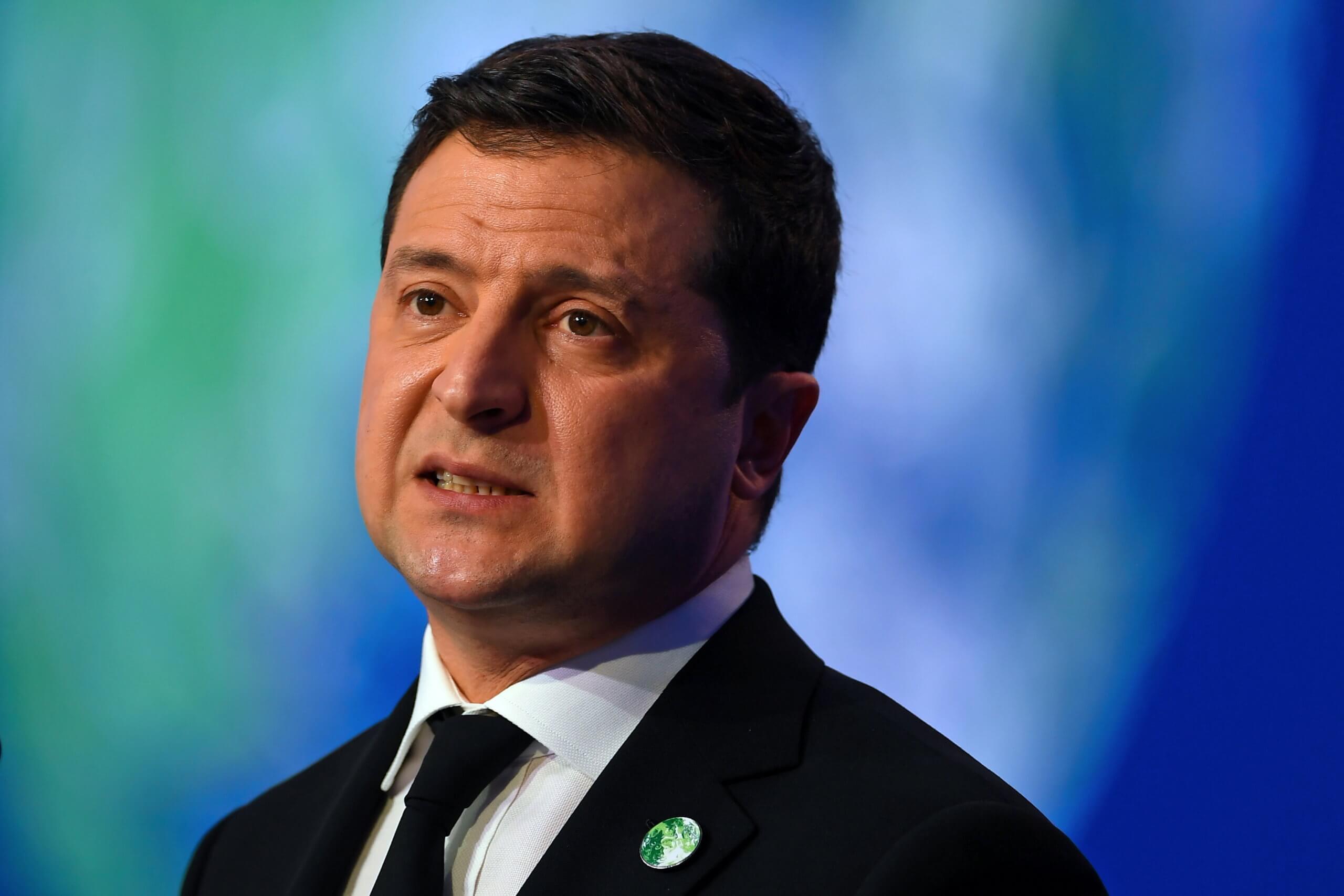
Why did Russia invade Ukraine?
Early last year, Zelensky asked United States President Joe Biden to let Ukraine join NATO — an intergovernmental military alliance between 30 countries (28 European, 2 North American) that implements the North Atlantic Treaty that was signed in 1949.
The request angered Putin, who does not want to see the spread of NATO move throughout the Eastern portions of Europe. Russia began sending troops near the Ukrainian border that was labeled a training exercise — though it really was a showing of power. Those exercises increased throughout 2021, prompting many — including the United States — to warn about an invasion.
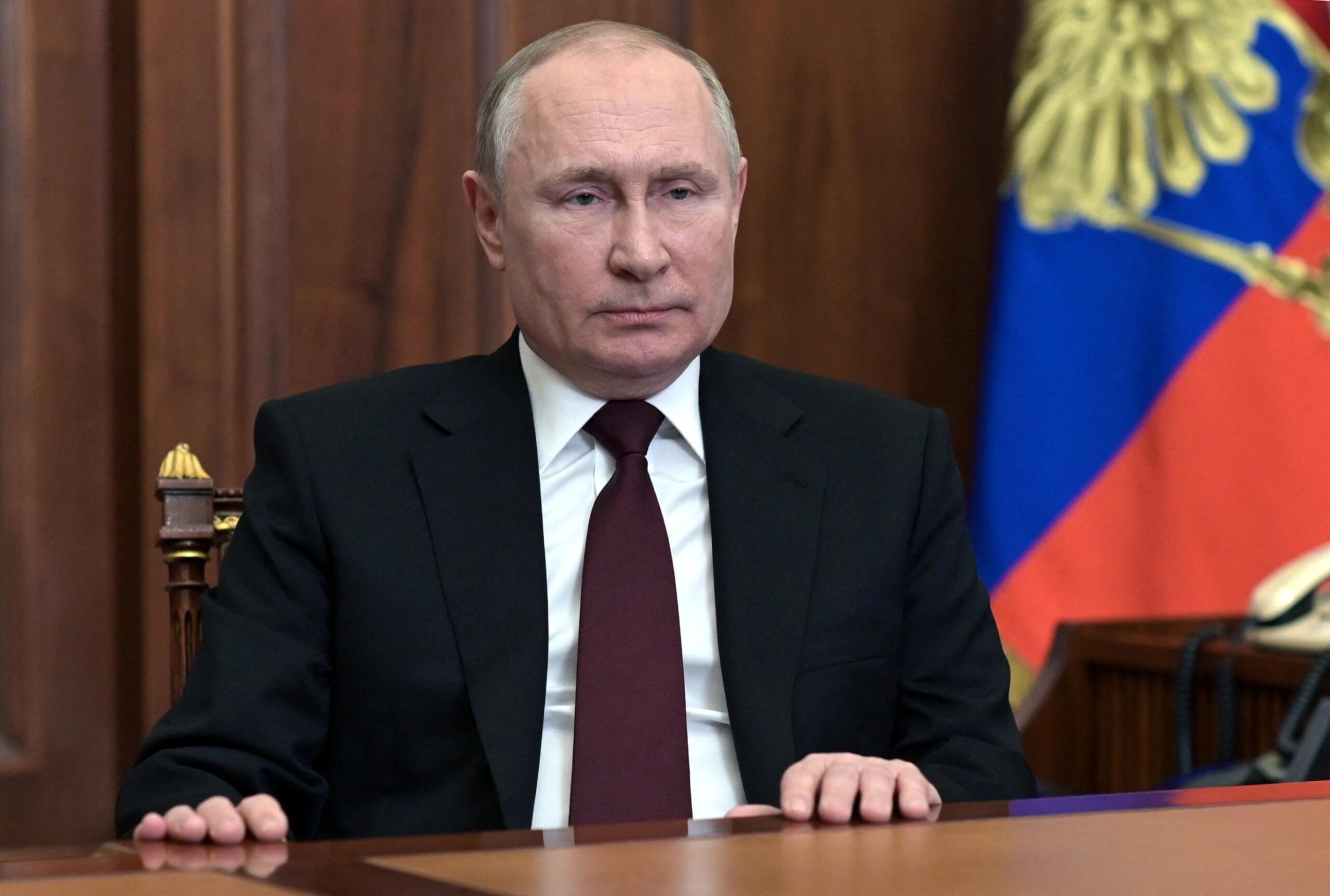
In the meantime, Russia demanded that NATO enter a legal agreement with them ensuring that there would be no western military activity in eastern Europe or Ukraine. Putin implored that Ukraine is not a proper state that should garner NATO consideration.
This obviously sparked unease considering Russia invaded Ukraine in 2014, which also included Putin-backed rebels in the country clashing with the Ukrainian army after their Pro-Russian president was removed.
[ALSO READ: British PM Boris Johnson maintains ‘massive’ economic sanctions set for Russia after invasion of Ukraine]
The two countries signed the Minsk Protocol to stop any armed conflict in Ukraine, but it hasn’t stopped barring different interpretations of the accord.
Russia believed its proxy states would have full voting power in the Ukrainian government, which would allow them to veto Ukraine’s entrance into NATO. Ukraine naturally believes that no power should be granted for Russia to veto in foreign policy decisions.
As recent as Tuesday, Putin said that the Minsk Protocol no longer existed, blaming Ukraine, and that he only recognized two breakaway republics in Ukraine’s Luhansk and Donetsk regions — sending troops to fight the neo-Nazism. It was a clear signal that an invasion was impending.
While Zelensky struck down such suggestions that Ukraine is a Nazi state, the Ukrainian National Guard is home to the Azov Battalion, which is a force that consists of neo-Nazis. However, there is no evidence that neo-Nazism is running rampant throughout the country — especially one whose president had three family members killed in the Holocaust.



